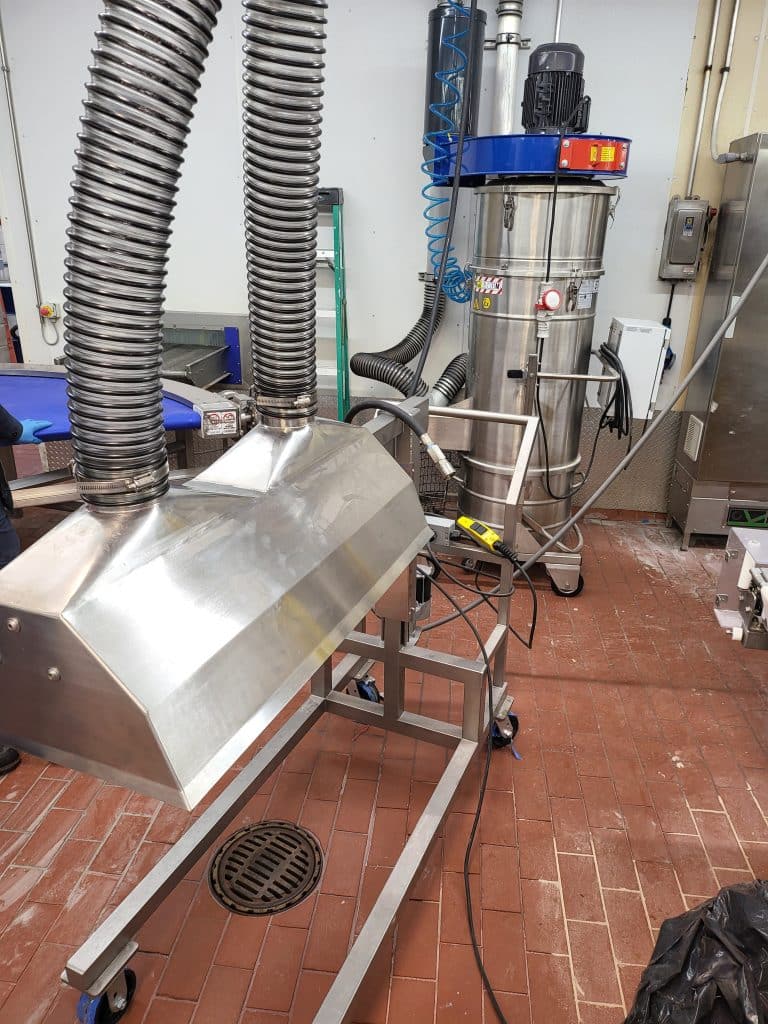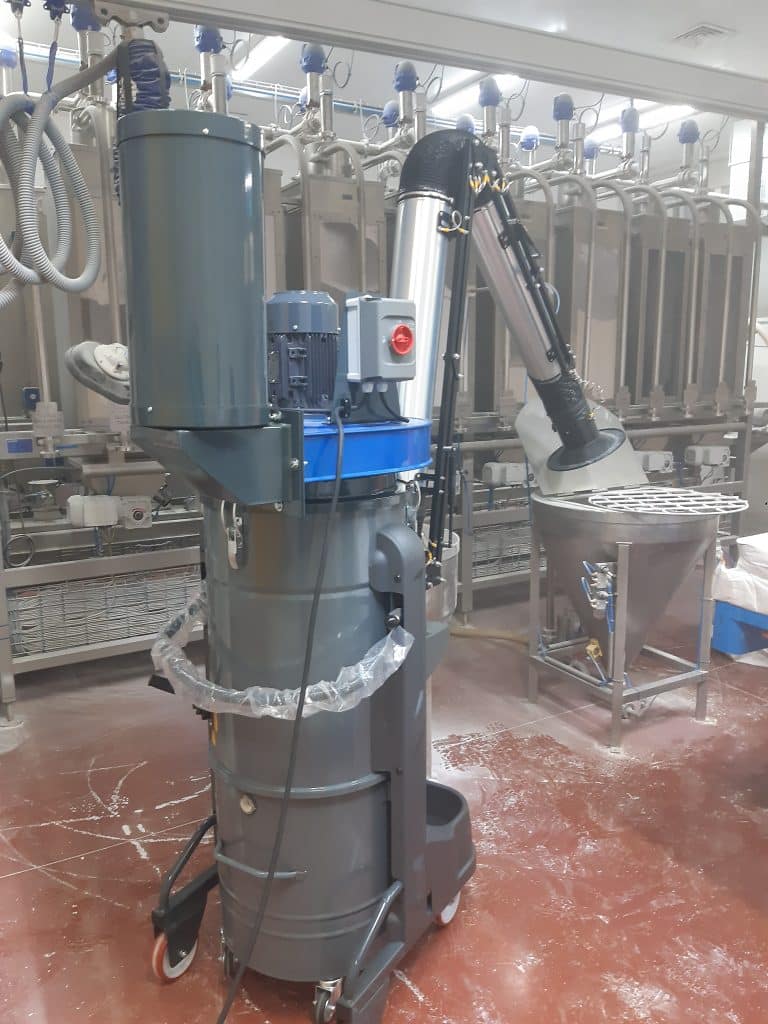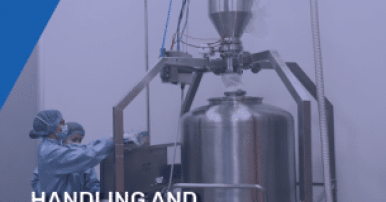Keeping your working environment clean is as essential as finding the most suitable solution to meet your specific needs. However, not all dusts are the same just as much as not all the equipment is suitable for whatever solution.
Therefore, the decision-making is not an independent process. In fact, to make the right choice, it is important to consider:
- the performance required by the equipment
- the frequency of use
- the regulations related to your specific context
- the granulometric features of the material to vacuum
For sure, there is one main evaluation and distinction to make: is the dust settled on a surface or is it airborne dust? In fact, the first application will require greater vacuum force (water lift), whereas the second one will require higher airflow.
WHAT IS THE DIFFERENCE BETWEEN AIRFLOW AND WATER LIFT?
The main difference between these two values is the vacuum force that they generate. In fact, the airflow, which is usually expressed in CFMs (Cubic Feet per Minute), refers to the quantity of air and airborne dust generated by the motorhead to bring the dust particles inside the vacuum. On the other hand, the water lift, which is usually expressed in inH2O (inches of Water), refers to the quantity of dirt and dust that the vacuum can pick up from the ground and pull inside the vacuum (suction power).
In order to reach a higher CFM or inH2O rate, it will be necessary to have a different motorhead. That’s why the equipment with higher inH2O is generated by by-pass motors or a side-channel blower whereas the equipment with higher CFM is generated by a fan.
And that’s what makes the real difference between an industrial vacuum cleaner and a dust collector.

INDUSTRIAL VACUUM CLEANER VS DUST COLLECTOR
So, what is the most suitable product for my application? How am I supposed to know if I need a vacuum with high airflow or water lift? No worries, we are here to help you.
Generally speaking, when it comes to the collection of dust and heavier material directly from the ground or a surface in a production plant, it will be necessary to rely on enough strength to defy gravity. Therefore, the most suitable solution will be an industrial vacuum cleaner with higher water lift and lower airflow.
On the other hand, when dealing with light and small material or airborne dust, the need will be to move a high volume of air to trap these particles. In such case, a dust collector, with its higher airflow and lower water lift, will perfectly do the job.

DELFIN DUST COLLECTORS: THE KEY FEATURES
As previously stated, the most striking feature of a dust collector is the motorhead, that is an electric fan whose motor generates high air flow by turning a big shaft with an impeller installed. The rotational force generated by the turning impeller is what creates air pressure, consequently generating air flow.
Plus, thanks to their wide surface polyester filters, dust collectors are the ideal solution to capture large quantities of volatile residuals or shavings produced during a specific production process (e.g., wood shavings, PVC, metal). The filters are very easy to clean to always guarantee the highest possible performance and safety, thanks to a manual or an automatic system.
In this case, the hose is replaced by an extraction arm with a final hood. Its large size is the secret to capture more particles and larger volumes of air.

INDUSTRIAL DUST COLLECTORS MOST COMMON APPLICATIONS
Dust Collectors are used in many industries such as Agri-Food, Food & Beverage, Pharmaceutical, Chemical, Sandblasting, Laser/Plasma Cutting, Weld Smoke, Packaging, Building and Construction, Wood & Paper and so much more.
Dust collectors can be used in both fixed and mobile applications, mainly for the local extraction of airborne dust and particles generated by spillages, product transfer, packing and loading, or mechanical operations such as grinding, chipping, and cutting of light materials.
The localized suction prevents any spread of dust plumes. This is a very important feature when it comes to reduce cross-contamination risks and cleaning distractions.
The system can integrate into production lines or be used with an attachable arm to recover most airborne particulates.
This type of solution allows to trap airborne and even hazardous dust that may be inhaled by the operator during the process and to prevent dust to lay on surfaces in the plant. Therefore, dust collectors prevent operators’ diseases and dirt to be spread into the environment with consequent possible downtimes due to cleaning needs and operators’ injuries.

The choice of the most suitable vacuum system can make the difference when it comes to workers’ safety, top-quality performance and time and money savings. That’s why Delfin, with its 30 years of experience in the world of industrial vacuum, can help manufacturing companies like yours choosing the best solution to their needs. If you are still wondering whether to opt for an industrial vacuum or a dust collector, don’t hesitate to contact us by using our contact form!





